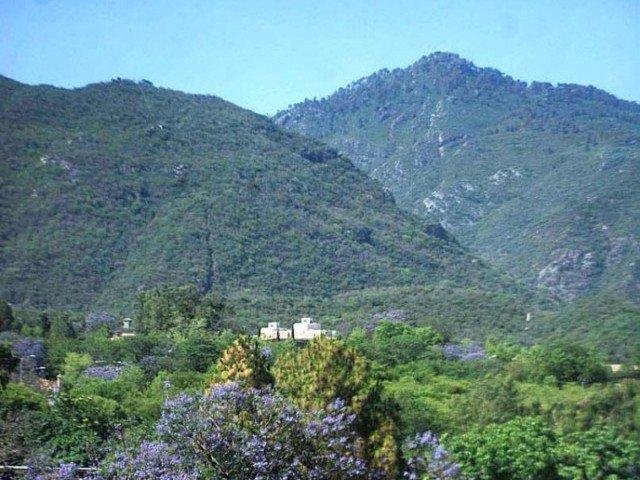The Margalla Hills are part of the illustrious Himalayan mountain range, known for its significant geographical and cultural impact across several countries. Located on the northern edge of Islamabad, the capital of Pakistan, these hills extend into the Margalla Hills National Park. With their roots stretching into the Himalayas, the Margalla Hills represent not just a regional natural treasure but also a fraction of the world’s most renowned mountain system.

These rolling hills are strategically situated just south of Haripur District in Khyber Pakhtunkhwa, enveloping an area of approximately 12,605 hectares. The range demonstrates a diverse ecosystem and forms the gateway to the Himalayas from the western end with an elevation of 685 meters to its eastern extremity, which peaks at 1,604 meters. The Margalla Hills offer insight into the vastness and variety of the Himalayan foothills and underline the expansive reach of the greater Himalayas themselves.
Geographical Context

The Margalla Hills are an essential segment of the Himalayan mountain range, predominantly situated within the Islamabad Capital Territory of Pakistan.
Location of Margalla Hills
The Margalla Hills are located at the northern edge of Islamabad, Pakistan’s capital territory. They act as a natural barrier between the capital region and the Haripur District of Khyber Pakhtunkhwa.
Margalla Hills Map
A map of the Margalla Hills would reveal their proximity to Islamabad, indicating their critical role in the geography of the region. Their coordinates place them just south of the famous Himalayas, marking their significance as a part of this extensive mountain system.
Significance and Ecology

The Margalla Hills, a branch of the illustrious Himalayan mountain range, play a critical role in the environmental and ecological fabric of Pakistan. They are not only significant for their natural beauty but also for their influence on the climate and the habitat they provide for various species.
Importance of Margalla Hills
The Margalla Hills are famed for their picturesque landscapes, offering a serene retreat amid Islamabad’s urban setting. They serve as a crucial green space for the capital city, acting as a natural air filter and influencing the local climate. Biologically, these hills are home to rich biodiversity, encompassing an array of flora and fauna. This includes a variety of indigenous plant species and wildlife such as leopards, deer, and numerous bird species, many of which are either endangered or endemic to the region.
Notably, the hills contribute to the research and education sectors, providing opportunities for scientists and students to study the ecology and geology of the Himalayas’ outer ranges. The Margalla Hills’ ecological significance is enhanced due to their status as a national park, which aids in conservation efforts and promotes sustainable tourism. This protected area encourages environmental awareness and provides a living laboratory for ecological conservation.
The hills’ geological importance is twofold: they offer insight into the Himalayas’ formation and composition, and their sedimentary rocks and fossils are invaluable to geologists studying the region’s history. As a branch of the Himalayas, the Margalla Hills remind us of the vast geological processes shaping our planet, bridging the past and the present through their enduring presence.
